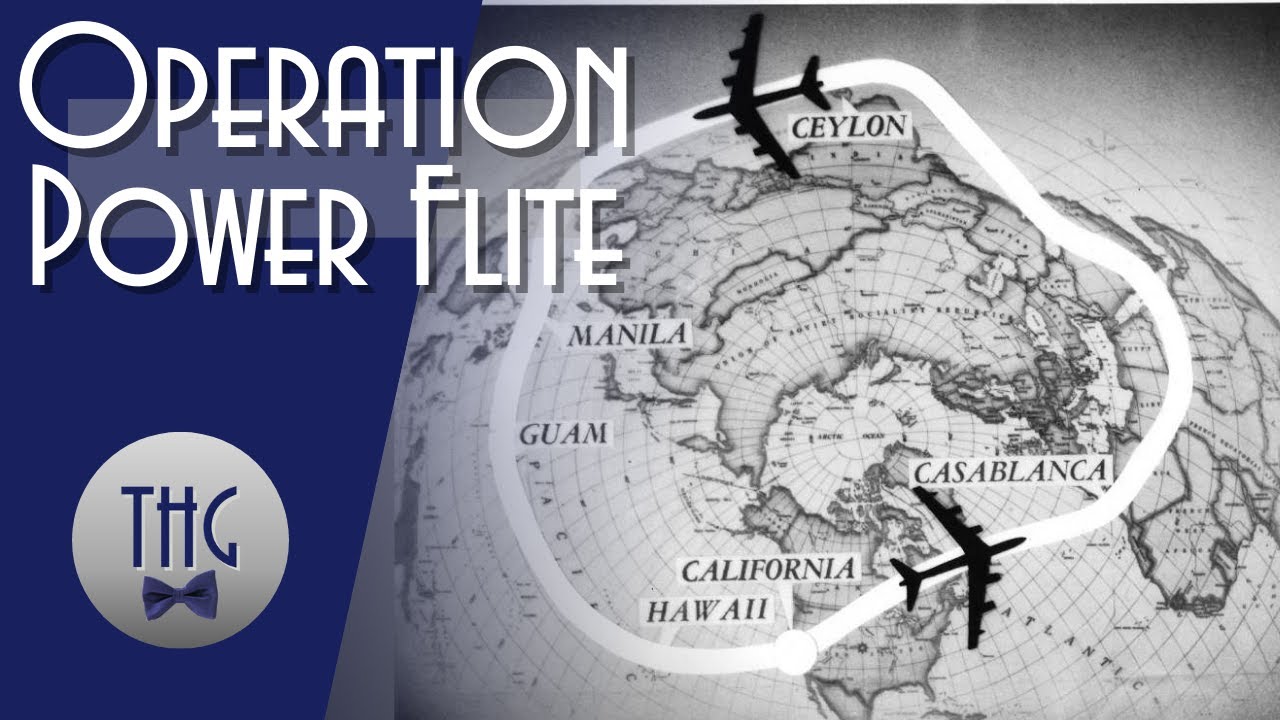Circumnavigation—a trip around the world—has long been an achievement used to demonstrate the prowess of a navigator, the prestige of the voyage’s sponsor, or a new technology. The first recorded circumnavigation was by Juan Sebastián Elcano and his crew, completing the voyage led by Ferdinand Magellan (who did not survive the trip) in 1522 after 1082 days en route. In 1889, Nellie Bly, inspired by Jules Verne’s Le Tour du Monde en Quatre-vingts Jours, bettered the 80 days of the fictional Phileas Fogg, circling the globe in 72 days.
In 1924, the U.S. Army Air Service got into the game, dispatching four purpose-built single engine open cockpit biplanes from Seattle for a flight around the world. Two of the planes survived the trip, returning to Seattle on September 28, 1924, 175 days after their departure, having flown 371 hours and 11 minutes and making 72 stops along the way.
Just seven years later, in 1931, aviator Wiley Post and navigator Harold Gatty flew around the world in just 8 days, 15 hours, and 51 minutes, and two years after that Post beat his own record with a solo flight completed in 7 days, 18:49.
In 1938, Howard Hughes and crew completed a circumnavigation in 3 days, 19:17 (91 hours), setting a record that would stand for nineteen years.
In 1949, to demonstrate its in-flight re-fuelling capability, the U.S. Air Force sent B-50 bomber (an updated version of the World War II B-29) Lucky Lady II on a round the world flight which, while not bettering Hughes’s record, was the first nonstop circumnavigation.
By 1957, the Air Force was ready to show off the capability of its B-52 bombers and refuelling fleet and dispatched five (three prime and two spare) B-52s on a round the world flight in January 1957 as “Operation Power Flite”. Three aircraft completed the circumnavigation in 45 hours and 19 minutes, halving the previous record time.
The current record for circumnavigation by air (as opposed to orbital flight) is 31 hours, 27 minutes, and 19 seconds, set on August 15–16 1995 by an Air France Concorde with 98 passengers and crew on board.
